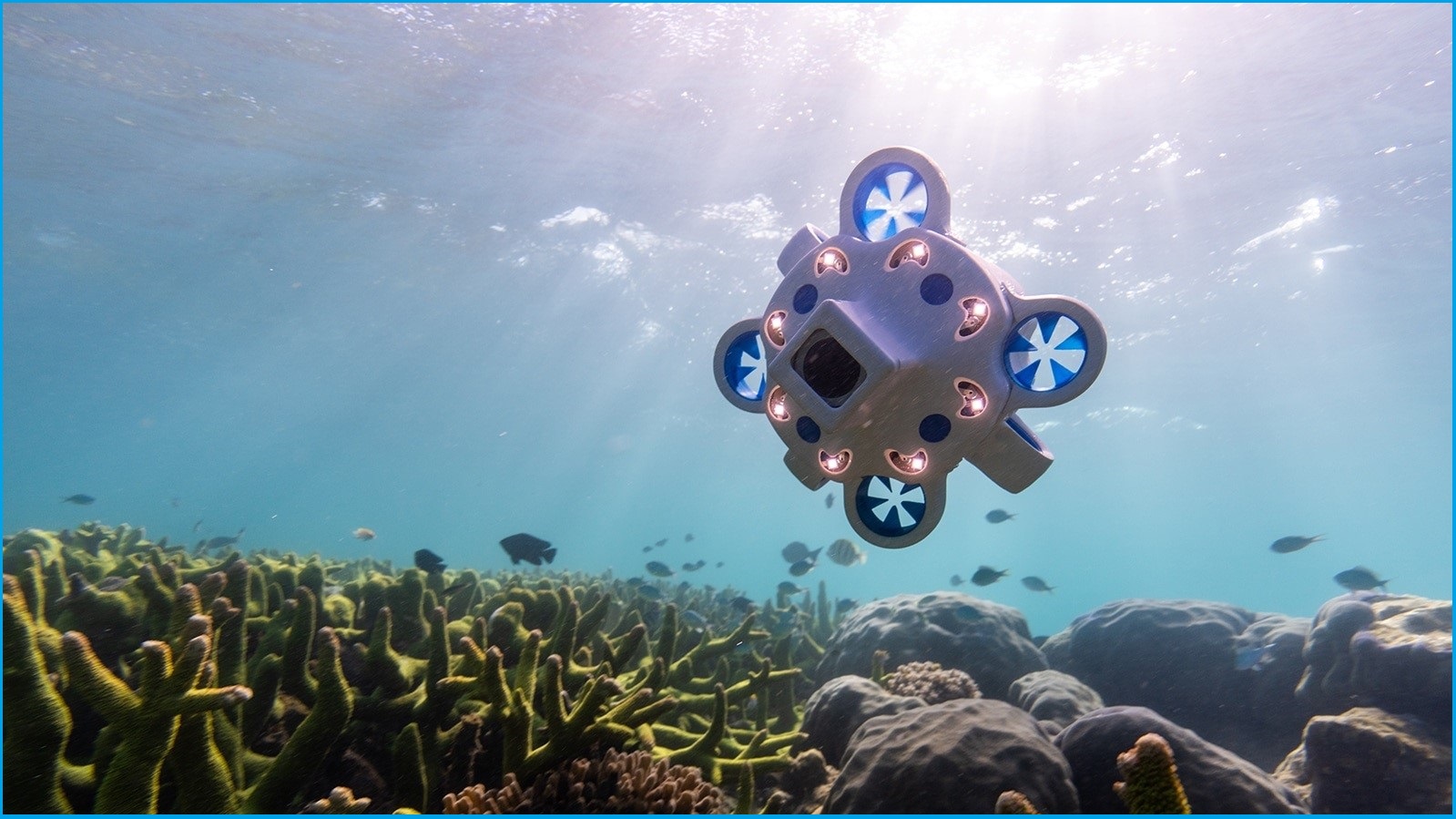The establishment of a dedicated subsea robotics facility in Perth will mark a significant step in the expansion of fast-growing Australian robotics firm Advanced Navigation as it shores up its position in the expanding market for underwater drones.
The new 5.5 acre facility, located in the northern Perth suburb of Balcatta, will incorporate a range of R&D and manufacturing facilities as well as water testing tanks and marine simulation environments, which allow testing of underwater drones in simulated underwater environments.
It will provide a centre of gravity for the company’s efforts to develop and manufacture underwater robots such as its Hydrus drone – which garnered strong interest from underwater researchers and billionaire yacht owners alike after its release last year.
Designed to dive as deep as three kilometres and operate for up to three hours on a single charge, Hydrus is one of a growing number of underwater drones that take the now-familiar aerial drone concept under the ocean’s surface.
Its extremely high maximum depth takes Hydrus out of the realm of hobbyist drones, making it an alternative to conventional unmanned underwater vehicles (UUVs) that require a fully crewed ship to operate.
After a strong early response to Hydrus confirmed that Advanced Navigation’s technology had promise, the company’s commitment to a dedicated site will, CEO and co-founder Xavier Orr said, anchor a broader effort to improve and commercialise the state-of-the-art technology within a market that is expected to triple in size over the next decade.
“Now more than ever, there is a need to open up the earth’s oceans, to make data and knowledge more accessible to global communities, research institutions and governments,” he explained.
“Western Australia has always been an exploration hub for ocean discoveries [and] the new subsea centre will help Advanced Navigation meet the growing demand for high-grade underwater data.”
Driving the advanced manufacturing revolution
As a concrete investment in the underwater drone market, the new investment by the decade-old Advanced Navigation – whose expertise in inertial sensing and navigation has secured it major deals with the likes of Airbus, Boeing, Google, Apple, and GM – aims to consolidate interest from the ‘blue economy’ that is opening up access to underwater regions that were previously too expensive and complicated to explore.
With support from research institutions such as the University of WA, Curtin University and philanthropic organisation Minderoo, the site is expected to triple headcount in coming years as subsea technology specialists consolidate the company’s progress in fields such as sonar technologies, pressure-tolerant electronics, and AI-based autonomous systems.
“The technology makes more efficient use of our funds and ultimately scales up our ability to collect high-resolution data,” noted Justin Geldard, a coastal and ocean researcher with the University of WA Oceans Institute, who has been researching natural and artificial reef structures’ ability to dissipate wave energy and called the Hydrus drone “a key tool in mapping and surveying underwater structures”.
The investment comes as the federal government doubles down on its commitment to advanced manufacturing, with Industry and Science Minister Ed Husic canvassing opinions about a formal robotics strategy amidst a recent Department of Industry, Science and Resources warning that Australia’s “world-leading” automation is extremely top-heavy and concentrated in the resources and mining sectors.
Aiming to tap Australia’s expertise in robotics, quantum computing, AI and other sectors, the government recently signed off on the $15 billion National Reconstruction Fund (NRF) Corporation bill, which Husic called “the greatest investment in manufacturing capabilities in living memory.”
There are signs the government’s focus on building domestic advanced manufacturing capabilities is paying off, with satellite operator Fleet Space Technologies recently securing its first defence contract – with Australia’s Defence Space Command – as the new National Artificial Intelligence Centre (NAIC) provides a centre of gravity for that industry’s development and innovative companies deliver in areas such as flying cars and drone detection.
Commercialising Australian innovation is critical to improving Australia’s beleaguered standing on global innovation tables, with Australian Academy of Technological Sciences and Engineering (ATSE) president Dr Katherine Woodthorpe recently calling for “interventions … from the school level to lift STEM participation, creating a pipeline for the engineers and scientists of the future.”
Flagging the “golden opportunity” posed by the National Science and Research Priorities, Woodthorpe said, “it is critical to weave Australian science and research into the fabric of government decision-making in order to deliver social, economic, and environmental benefits for every Australian.”










